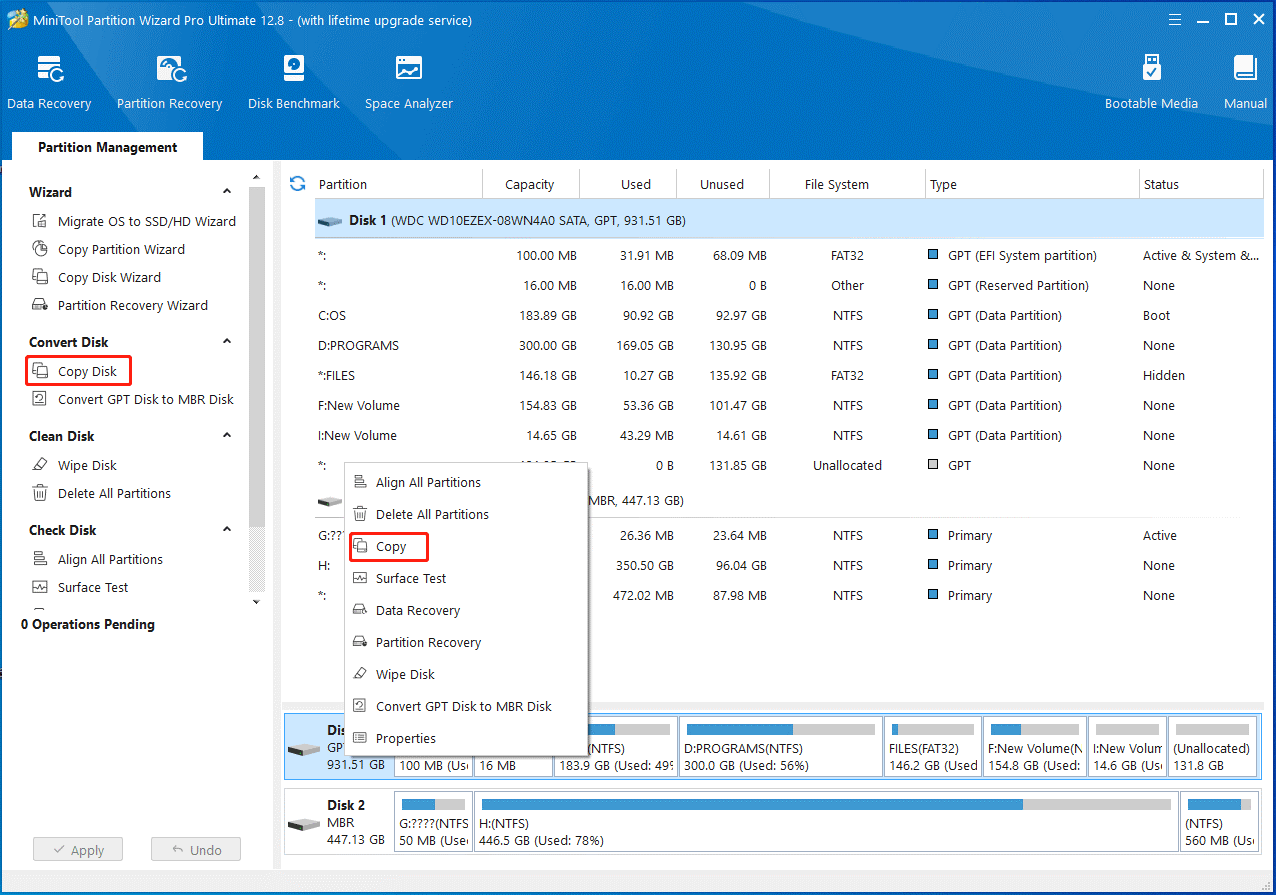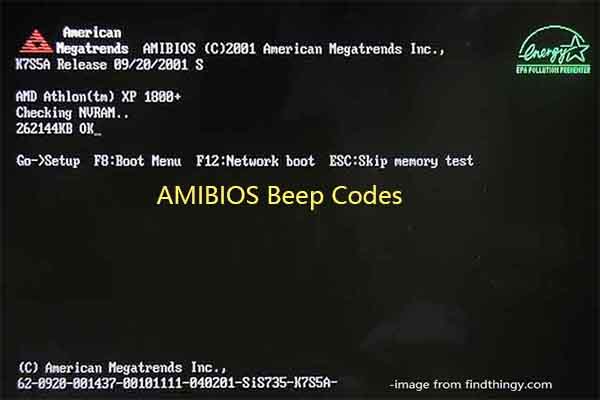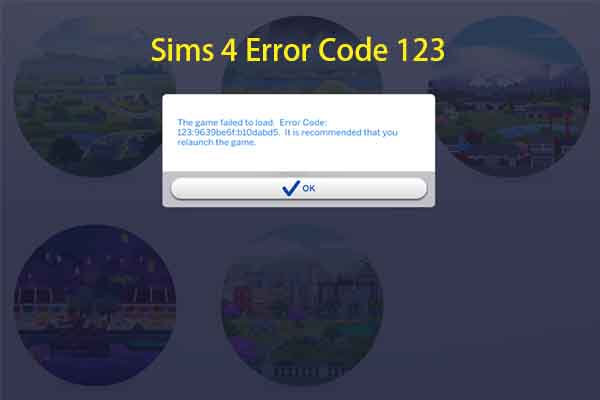You might encounter various PhoenixBIOS beep codes while starting up the computer. What’s the meaning behind these Phoenix BIOS beep codes? In this post, Partition Magic tells you the answer and offers you troubleshooting instructions.
As its name suggests, PhoenixBIOS is a BIOS manufactured by Phoenix Technologies. It is integrated into the most modern motherboards. Sometimes, you may hear PhoenixBIOS beep codes. This post lists frequently encountered Phoenix beep codes and the meanings behind them.
MiniTool Partition Wizard DemoClick to Download100%Clean & Safe

One or Two-Parts PhoenixBIOS Beep Codes
- 1 Beep: It’s an “all systems clear” notification. It indicates that the Power On Self Test (POST) ends. You don’t have to take action to troubleshoot it.
- 1 Continuous Beep: This is not an official Phoenix beep code. You can reseat the CPU if you don’t want to hear it.
- 1 Short Beep, 1 Long Beep: This means that the memory is faulty, so you can replace RAM to resolve the issue.
- 1 Long Beep, 2 Short Beeps: It’s an indication of the motherboard issue. Simply replace the motherboard to troubleshoot the issue.
Three-Parts PhoenixBIOS Beep Codes
Phoenix BIOS beep codes are a series of beeps separated by a pause. For instance, 1-1-2 refers to 1 beep, a pause, 1 beep, a pause, and 2 beeps.
- 1-1-2: The CPU is faulty. You should replace the CPU.
- Low 1-1-2: The motherboard has an undetermined fault. You need to replace the motherboard to solve the issue.
- 1-1-3: The real time clock/CMOS is faulty, so you can replace the CMOS to fix the problem.
- Low 1-1-3: It means there’s extended CMOS RAM failure. To be specific, the extended portion of the CMOS RAM has failed. You’d better replace the CMOS.
- 1-1-4: It means there’s a BIOS ROM checksum error. You should replace the BIOS or upgrade it if possible.
- 1-2-1: The programmable interrupt timer has failed. You’d better replace it.
- 1-2-2/3: The DMA controller has failed. You should replace the IC.
- 1-3-1: It’s an indication of RAM refresh failure. The RAM refresh controller has failed.
- 1-3-2/3: The test of the first 64KB RAM has failed to start.
- 1-4-1: The address line to the first 64KB RAM has failed.
- 1-4-3/4: Replace the motherboard to resolve the issue.
- 2-1-1 to 2-4-4: The data bit on the first RAM IC has failed. Replace the IC if possible.
- 3-1-1/2: The DMA controller has failed. You should replace the controller if possible.
- 3-1-3/4: The interrupt controller IC has failed.
- 3-2-2: The BIOS was unable to load the interrupt vectors into memory. You’d better replace the motherboard.
- 3-2-4: The keyboard controller has failed.
- 3-3-1: Replace the CMOS battery.
- 3-3-2: The CMOS configuration has failed. You should restore the configuration or replace the battery if possible.
- 3-3-4: There is an issue with the video memory. Replace the video adapter if possible.
- 4-2-1: The system’s timer IC has failed. You should replace it if possible.
- 4-3-1: System RAM addressing circuitry is faulty. You’d better replace the motherboard.
Four-Parts PhoenixBIOS Beep Codes
Commonly received four-parts Phoenix beep codes are listed as follows.
- 1-1-1-1: There’s a problem with the system memory. You can replace the RAM to fix the issue.
- 1-2-2-3: It means there has been a BIOS ROM checksum error.
- 1-3-1-1: There could be an issue with the system memory, an expansion card, or the motherboard.
- 1-3-1-3: It means that the 8742 keyboard controller test has failed. There might be an issue with the currently connected keyboard.
- 1-3-4-1: It means that there is some kind of issue with the RAM.
- 1-3-4-3: This Phoenix beep code indicates some kind of issue with the memory.
- 1-4-1-1: This PhoenixBIOS beep code means that there’s an issue with the system memory.
- 2-1-2-3: It indicates there has been a BIOS ROM error. To be specific, there might be an issue with the BIOS chip on the motherboard.
- 2-2-3-1: There has been an issue while testing hardware related to IRQs.
Conclusion
If you keep receiving Phoenix BIOS beep codes, this post is worth reading. It shows you the meaning behind frequently encountered PhoenixBIOS beep codes and suggestions to fixing them.




User Comments :